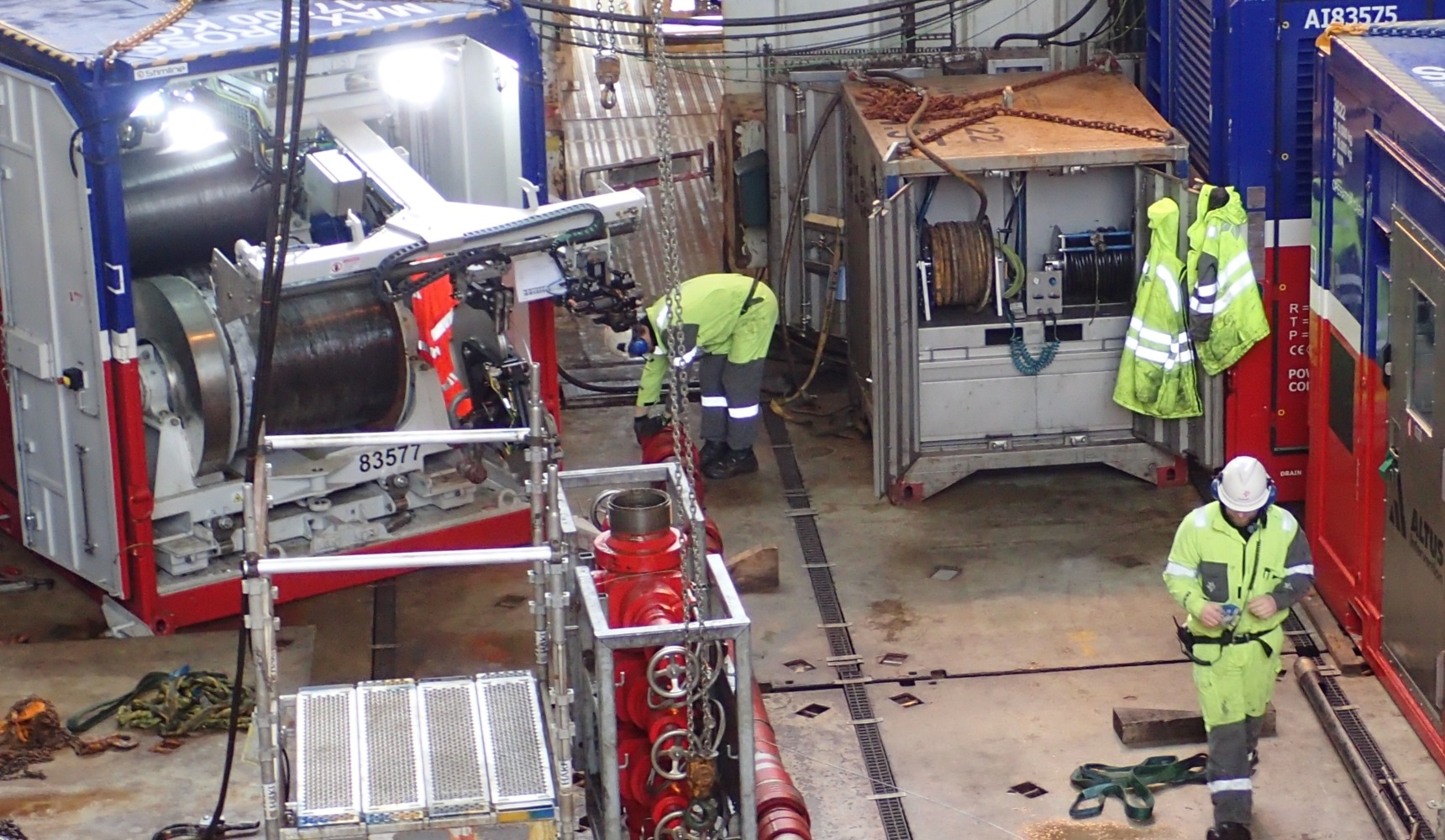How real-time data can ensure a successful execution
Data collection from sensors on down-hole and surface-based equipment is widely used in most oil and gas operations. Wireline or coiled tubing...
4 min read
Merve Dulger Sep 5, 2023 8:45:00 AM

Post job analysis (PJA) is the process of consolidating and sharing all of the details from a job, like well intervention and P&A operations. It is an analysis of the entire procedure being executed on both the hardware and procedure level, as well as to what degree it achieved its objectives.
Traditionally this has been done through lengthy face-to-face meetings. All the different actors of an operation meet and share their respective summary of the process. Service companies present the tools and procedures that were involved, with a timeline of the execution of the job. Clients report the results of the operation and to what degree it achieved its intended goal. A large part of such operations is to increasing or optimize production, so the importance of PJA becomes very apparent.
However, how it’s been done, traditionally, is far from optimal or efficient. The process was developed long before the internet and modern computers, relying therefore on physical meetings, often long after completion of the job. In this article we will explore the role of collaborative software solutions when performing PJA, and how modern solutions can improve old challenges.
The goal is to learn from your experiences, to improve procedures, to clarify accountability of any mishaps or near misses and to eliminate or mitigate the risks for the next operation. Put simply, PJA is how we take experiences learned on one job with us to the next challenge.
Some jobs are routine, done frequently enough for staff and crew to all have the experience necessary to keep risk to a minimum. Other operations may be done at intervals of years. Key expertise can simply forget or leave their role for other opportunities. So how can you “store” their expertise and experiences? The answer is a collaborative software solution containing all results and data from previous jobs, as well as readily available “templates” for industry best practices and procedures.
Until recently, PJA has relied on summaries done by supervisors, stakeholders, and key operational personnel. Often it is done months after execution, due to the time it takes to consolidate everything.
However, outside of the PJA meetings, each detail and variable remain in a silo. The different parties have had no access to the other’s data or information prior, relying solely on the detailed summaries when presented. It has been a process that was developed over decades and will stay with us for decades more. We see a lot of room for improvement.
Read More: How to Automatically Track and Report all Activities and NPT Events for Wireline Jobs
To illustrate the complexity of the task we must start with what must be resolved. There are two types of questions within PJA, the first is analyzing the procedure/operation itself:
The second question regards the the results. There is always a clear goal with spending large amounts of capital on such efforts:
When you need to consider all the different variables, it is non-trivial if you don’t have an elegant way of consolidating it all:
Creating a complete view of the situation and comparing it to another is a huge undertaking, one that used to require a range of subject matter experts and decision makers in one room, often over multiple sessions. However, in today’s information-driven age, it is no longer necessary or efficient. These deep dives into spreadsheets and slides to extract the relevant information, aligning it with other information, performing further analysis, is a challenge. But what is the alternative? All the information already consolidated in one place, and where every relevant party has access.
There is a reason why online solutions for collaboration on content and information has taken hold. Today, we find Microsoft Azure, Office 360, or Google Services like Docs, Drive, Sheets, etc., as an integral part of most professional companies. Adobe Creative Suite is a similar service for the visual/creative industries. Their success is largely due to the seamless collaborative architecture and their convenience. It streamlines processes and produces results more efficiently, while retaining fidelity. Much less time is spent reporting and having meetings determining the next steps in the process, because every involved party has been contributing from the start when using such collaborative platforms. No more sending drafts back and forth for incremental comments and edits. A morning stand-up is enough. Projects can be reviewed by multiple contributors, without fear of doing work already completed.
Transferring these attributes to other tasks and goals has enticing prospects. Combining planning, execution and reporting/PJA in one platform supporting the whole supply chain within the oil and gas service industry. One might say it’s the logical next step for the industry, which spend increasing amounts of time and resources on staying competitive and efficient.
Read More: Thank Goodness We Decided That Openness Is The Way Forward
Traditionally, each party has little contact before or after the PJA meeting (s). Aspects can be elaborated on upon request, but the foundation of conclusions remain largely isolated. With a collaborative software solution, you now have the tool to base your analysis on a broader range of data and experience. It is all about extending the reach of the knowledge you gained. Every time industrial efforts are initiated, especially under the demanding and complex conditions you find offshore, there are lessons to be learned. These can be invaluable the next time around. Instead of one supervisor or representative’s final summary as the report, you have the underlying data which can be reviewed and analyzed from any subject matter expert and even independent third parties. And not just this operation. You finally have a viable tool for historical comparison of results.
Doing more with less requires state-of-the-art solutions. Endless meetings and scrutinizing written reports is a thing of the past and we now look to the future of collaborative software solutions.
These solutions can increase turn-around on operations, while reducing risk and making accountability less ambiguous. However, we recognize that a super-tanker does not turn on a dime, which may be why we haven’t seen widespread adoption of such collaborative solutions in the industry. With the markets increasing demand for productivity and efficient, low emission solutions, solid analytics tools must be applied.
The goal is to take the whole supply and production chain of your wells into one digital platform. Knowledge, from multiple parties and subject matter experts, is always the foundation of such optimization. A collaborative software solution is how you extend the reach of that knowledge to make a meaningful difference.

Data collection from sensors on down-hole and surface-based equipment is widely used in most oil and gas operations. Wireline or coiled tubing...

Have you just perfected procedures and best practices, only to have them outdated by a new tool or technology? Have you ever been caught off guard by...

Well Interventions are becoming a focus for energy companies looking to maximize the production of existing wells in times where environmental...